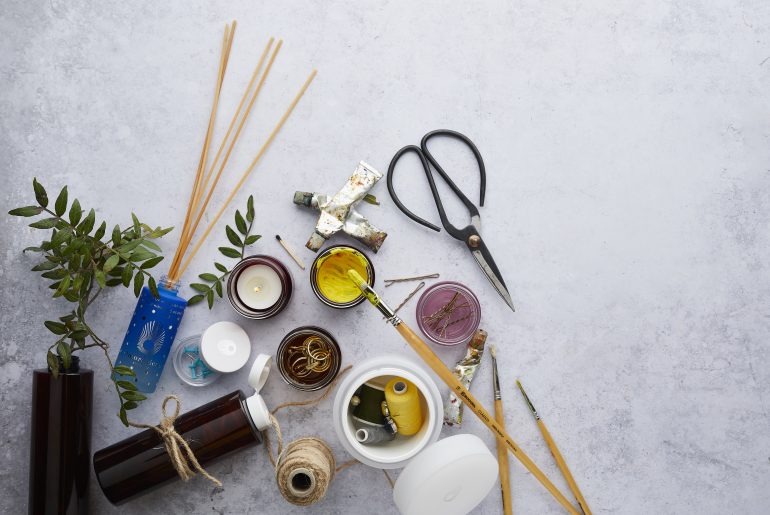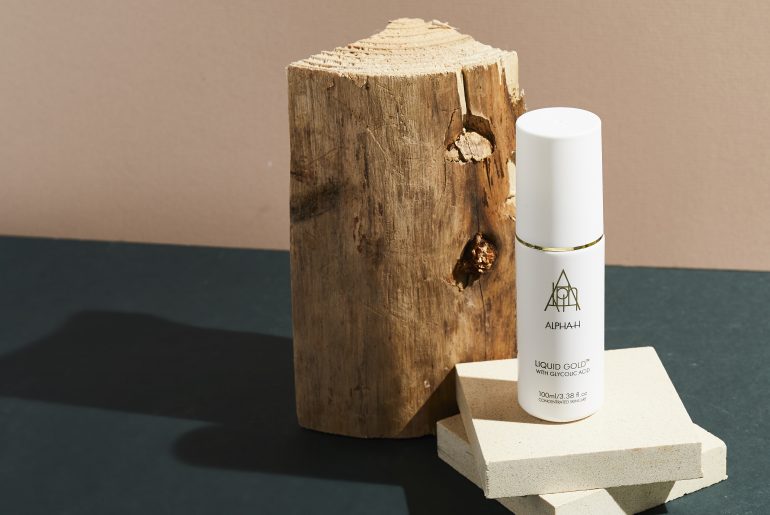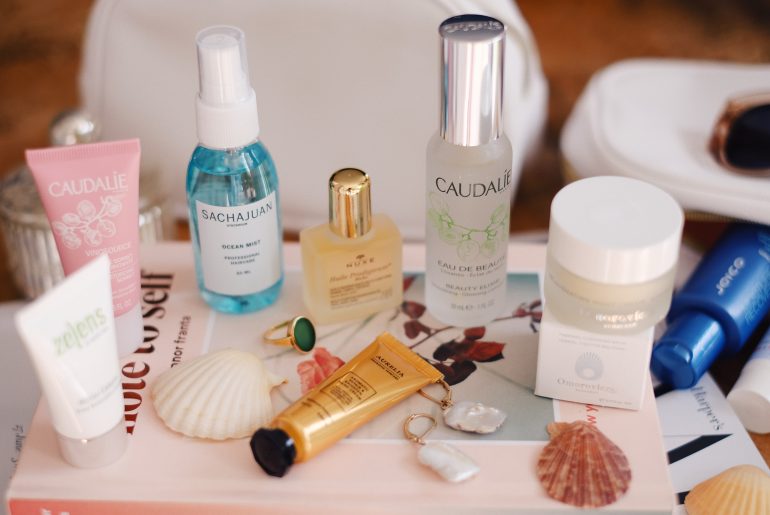If like me you have spent large amounts of time and money on the latest conventional oil controlling and anti-blemish skincare, only to be rewarded with a dry, tight and sore face instead of the flawlessly clear complexion promised by the advertising hype, what I am about to share might be just what you need. Admittedly ‘oil cleansing’ sounds like something of an oxymoron, and I can imagine the shudders of horror that some of you are experiencing right now; I’ve been there myself. However, there is logic behind it and my experience, after much initial scepticism, has been a good one.
As the name suggests, this method of cleansing involves using different plant oils to clean your face. Many different types can be used, with the traditional mix being castor and extra virgin olive oil, although the ones I have been using for the past year are jojoba and almond oil. The rationale behind slathering your face with what appears to be the contents of a deep fat fryer is pretty simple – by supplying the skin with oil it prevents it from overproducing sebum and allows a balance to be achieved. Conventional products that strip oil from the skin (causing the dry, uncomfortable feeling) can actually lead to an excess of oil as the skin overcompensates. I can’t back this up with a scientific explanation (if any of you can please enlighten me), but my own personal experience fits this pretty well.
How
The basic method is to massage the oil into your face for a few minutes, then drape a damp, warm flannel over your face until it cools, then use this to remove the excess oil. Being a bit lazy, most days I just apply oil all over my face using a cotton pad before showering, and use a warm flannel to wipe the oil from my face gently. Once or twice a week I will use an exfoliator with the oil, like Burt’s Bees Citrus Facial Scrub, for a slightly deeper clean.
I’m not finished yet…
Now this is going to sound like an oil overload but I also moisturise with jojoba oil every single day, twice a day and have found it has worked wonders on reducing oily skin. In the morning I let it soak in for about five minutes then blot away any excess with a tissue. In the evening I just apply it all over, and by the morning it has always soaked into my skin.
Of all plant oils, apparently jojoba is most like the sebum produced by human skin so works the best in balancing oil levels by tricking skin into thinking it has enough. With antibacterial and calming properties, as well as being a brilliant moisturiser it has been the best skincare discovery I have made. It also came in extremely handy when I spent a week snowboarding in the Alps last winter, where the combination of sun and extreme cold dried my face out.
I have been using the Neal’s Yard Remedies oils in their neat form, occasionally adding some tea tree oil. If you can’t bring yourself to cleanse with oil yet, you could always try one of the facial oils we stock to moisturise; some of my favourites are Suki Pure Facial Moisture and the Aromatherapy Associates face oils. As with any change to your skincare routine, give it time to see if it works for you. The skin is constantly regenerating and typically the cycle is three to four weeks, so you can expect any changes to occur after this time. I don’t know if this method will suit everyone, but I am a total convert and can’t imagine going back to conventional cleansers.




2 Comments
Pingback: Caudalie Divine Oil | Bath & Unwind Beauty Blog
Pingback: Caudalie Divine Oil | Bath & Unwind Beauty Blog